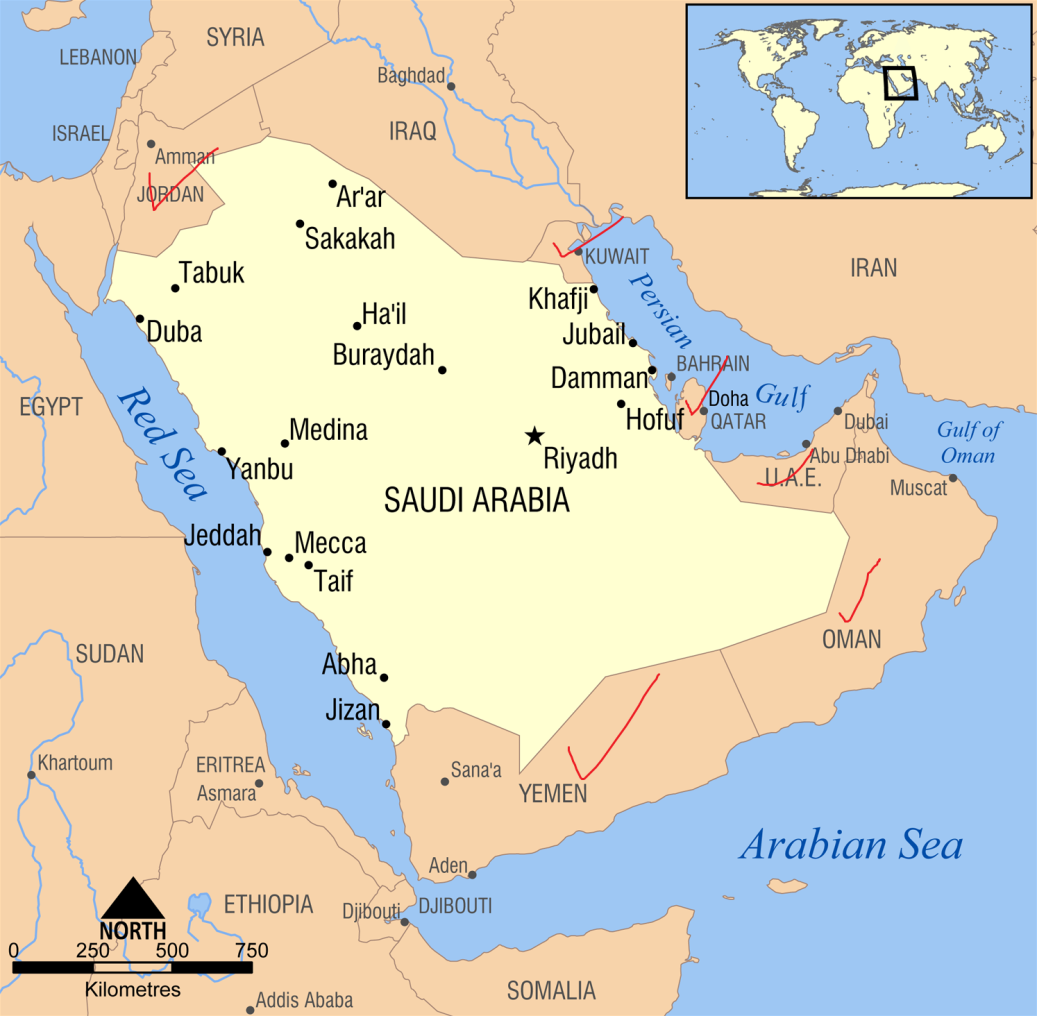Introduction
According to Algar (34), “Islam has two distinct sects called the Sunnis and Shiites”. These two Islamic groups have unique sub-orders or schools. Wahhabism is a popular Sunni Movement in the Middle East. This movement is common in many countries across the Middle East. The Islamic Movement emerged in the 1700s.
This movement “was formed by an Islamic scholar called Muhammad Abd al-Wahhab” (Blanchard 4). The scholar derived most of his thoughts and ideas from the Hanbali School. This “Sunni School encourages its followers to embrace the fundamentals of Islam” (Algar 84).
Wahhabism and Political Influence
Muhammad Abd al-Wahhab embraced numerous ideas and concepts in order to support the teachings of Prophet Muhammad. This sect “has played a major role towards reshaping the politics of the Islamic world” (Algar 26). Members of this movement believe that “non-Wahhabi Muslims promote wrong ideas and teachings” (Commins 29).
This sectarian movement has always supported different societies and political activities across the Middle East. Members of this movement “have constructed many Islamic centers and schools in several countries” (Blanchard 4). This effort “supports many countries after facing different political unrests” (Commins 103).
In 1979, the Soviet Union invaded Afghanistan thus affecting its economy. Members of this movement decided to support the country and its citizens. The group has “also funds several political activities and social events in different countries across the Middle East” (Blanchard 4). This practice has “promoted peace and political tolerance in many Islamic nations” (Algar 49).
This sectarian movement shares various beliefs that have reshaped the political climate of the Middle East. For instance, the group “believes in the concept of Islamic dominion over government and politics” (Algar 52). According to the sect, political leaders should support the political and economic needs of their people. This practice will deliver Allah’s message to every person in the world. Many Wahhabis do not oppose their governments.
However, a few sub-sects “have emerged that continue to oppose the ideas and beliefs of Wahhabism” (Commins 48). This Sunni Movement identifies the unique roles of imams and amirs. According to Commins (75), “the amir should be in charge of military matters and political issues”. This leadership pattern is common in various countries across the Middle East.
The thought has “encouraged many political leaders to support their people in accordance with God’s teachings and laws” (Commins 73). This argument explains why members of the movement support the growth of many Islamic nations. However, some sources have examined the sect’s involvement in terrorism. Some “hardcore members of the group have staged various coups and terrorisms” (Commins 87).
However, more studies are needed in order to understand the major ideas and beliefs embraced by this sect. Many countries have achieved their political goals because of this movement. Some of these countries include “United Arab Emirates, Saudi Arabia, Kuwait, Bahrain, and Qatar” (Commins 76). These countries “are currently experiencing fast economic developments due to the political tolerance and stability promoted by members of the group” (Commins 93).

Conclusion
In conclusion, this movement has supported “many nations by constructing schools, infrastructures, and other social amenities” (Blanchard 4). The movement “supports the Tawhid Principle in order to inform more citizens about God’s uniqueness” (Commins 83). The movement believes that its followers should be politically-obedient. The group also requires every government to propagate its ideas and beliefs. This practice makes it easier for the movement to educate more people about God’s teachings.
Works Cited
Algar, Hamid. Wahhabism: A Critical Essay. New York: New York University Press, 2002. Print.
Blanchard, Christopher. ”Islam: Sunni and Shiites.” Congressional Research Service 1.1 (2009): 1-6. Print.
Commins, David. The Wahhabi Mission and Saudi Arabia. Oxford: Oxford University Press, 2009. Print